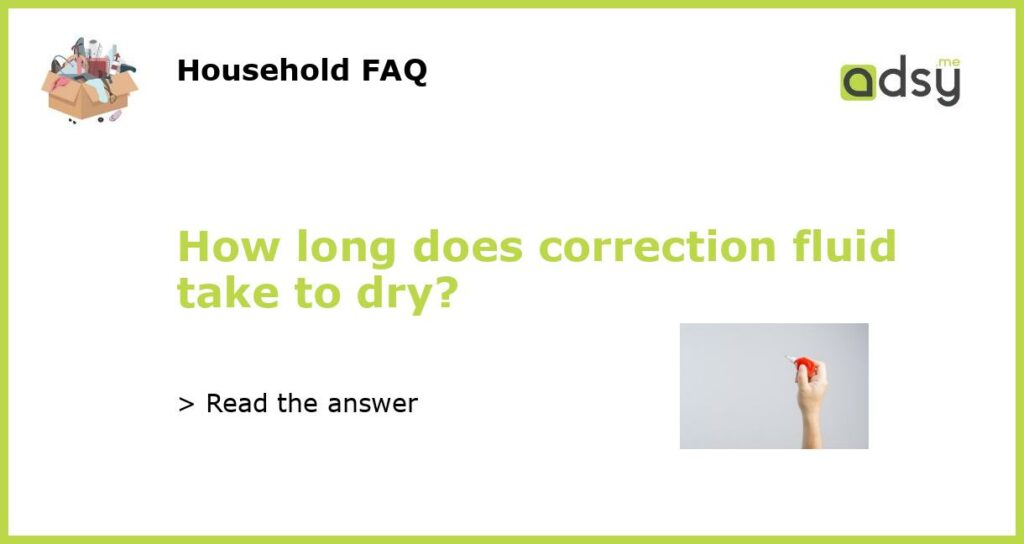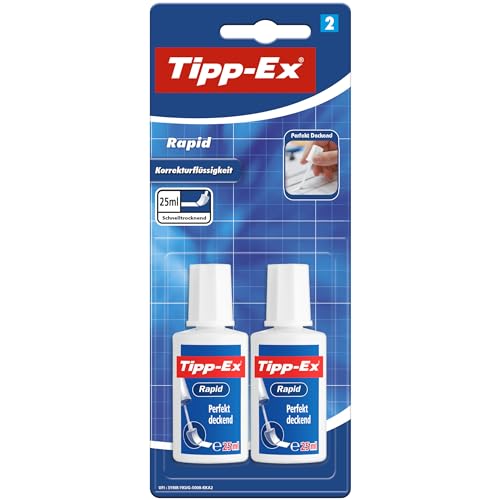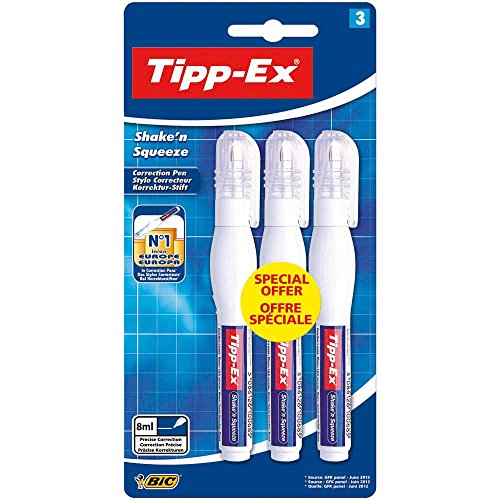Understanding Correction Fluid
Correction fluid is a tool that has been around for decades. Whether you’re a student or a professional, you know what it is and how it works. However, one of the most common questions asked is, how long does correction fluid take to dry?
Factors that Affect Drying Time
The drying time of correction fluid depends on several factors. The type of correction fluid you use is the most important factor. Some types of correction fluid take longer to dry than others. The thickness of the fluid layer also plays a role. A thick layer of fluid takes longer to dry than a thin layer. Room temperature and humidity also impact the drying time. In general, higher humidity and lower temperature slow down drying time, and lower humidity and higher temperature speed up drying time.
Dry Time of Different Correction Fluid
The answer to how long correction fluid takes to dry varies depending on the brand and type of correction fluid you use. For example, a popular brand of correction fluid that many people use is Paper Mate. The drying time for Paper Mate correction fluid is around 15 seconds. On the other hand, a brand like BIC Wite-Out takes only a few seconds to dry. Some of the newer correction fluids in the market like Shake and Squeeze are designed to dry quickly, with some taking only five seconds.
Tips to Speed Up Drying Time
If you’re in a hurry, there are a few tips you can follow to speed up the drying time of your correction fluid. The first is to shake the bottle well before use. This ensures that the correction fluid is evenly mixed throughout the bottle. The second is to apply a thin layer of correction fluid. The thicker the layer, the longer it will take to dry. Lastly, try using a fan or a hairdryer on the cool setting to speed up the drying process. However, be careful not to hold the hairdryer too close to the correction fluid as it may cause it to bubble or crack.
The drying time of correction fluid depends on several factors. The brand and type of correction fluid, thickness of the layer, room temperature, and humidity all have an impact on how long it takes to dry. The good news is that many correction fluids in the market today dry quickly, taking only a few seconds. In cases where you need it to dry faster, follow the tips mentioned above to speed up the process.






